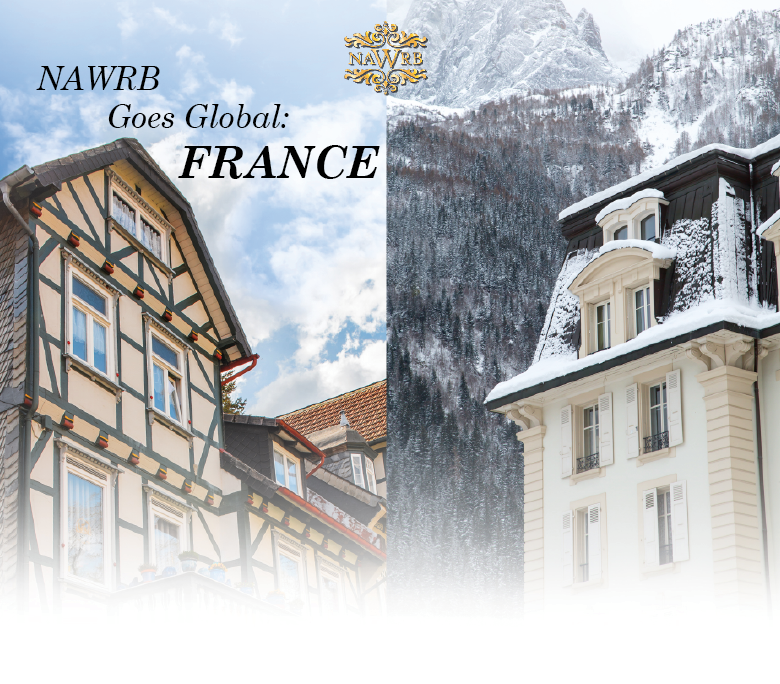From the rustic cottages of Auvergne to the snowy peaks of the French Alps, the diversity of France is boundless. Although many flock to Ile-de-France for its popular capital of Paris, there are 21 other metropolitan regions to choose from. Each region has a unique environment with varying architecture and a choice of urban sprawls or rural landscapes.
The homeownership rate as of 2012 in France is 64.3 percent. From 2012 to 2013, the homeownership rate for first time homebuyers has declined by 11 percent. However, the percentage of non-first time homebuyers has notably increased by 14 percent.
In most recent years, property prices have declined in France in addition to mortgage rates. In March 2015, mortgage rates for a 20-year loan dropped to 2.4%—a low that hasn’t been experienced since the 1940s. The drop in property prices and mortgage rates combined with the strong U.S. dollar makes it an ideal time to invest in French property for both vacation homes and permanent housing. But what region should you choose?
With so many options, there are many variables to consider when purchasing a property abroad. Potential buyers must beaware of the exchange rate, the country’s economy, and the usual factors such as weather, location, accessibility, and demographic. For example, certain regions will be buzzing with tourists year-round while others adopt more of a quiet, suburban environment.
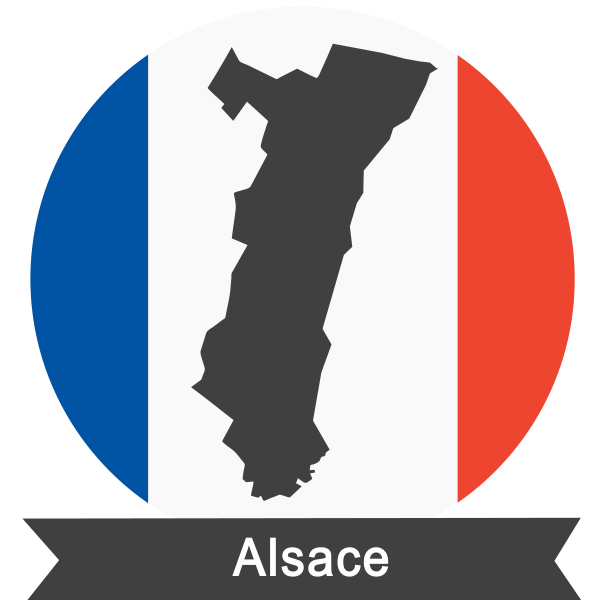
Alsace
• Immerse yourself in Germanic culture and architecture in Alsace. Contemporary architecture consists of half-timbered homes adorned with decorative pieces of wood. Foodies will rejoice due to the region’s countless Michelin-starred restaurants and the beautiful La Route des Vins d’Alsace (the Alsace Wine Route).
• “We love living in Alsace and have found people to be very friendly and welcoming. Our location is quite superb—we have a beautiful, historic region of France to explore, and both Switzerland and Germany on our doorstep.” –From Faiz and his family who moved to Alsace. Faiz commutes to Switzerland for work, according to lost-in-france.com. (http://www.lost-in-france.com/real-france/interviews/1445-living-in-alsace)
• Annual decline in home prices (2013): -2.8%
• Annual rent of apartments by capital (Strasbourg): 11.62 €/m2
• Average price of a house: $224,365
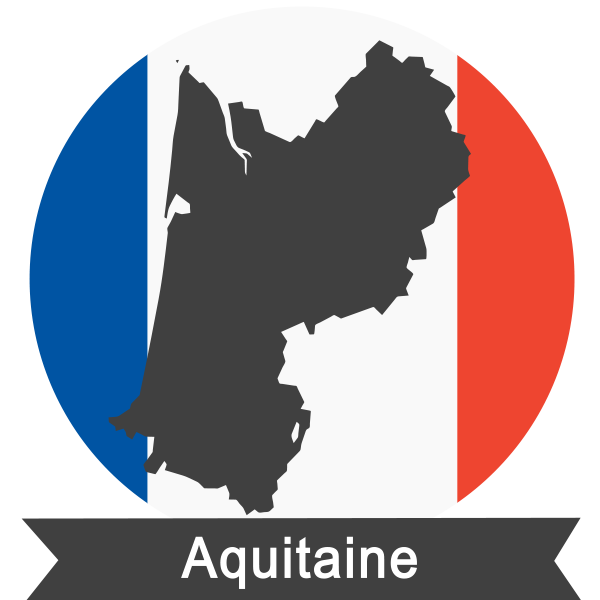
Aquitaine
• Home to the world famous wine region of Bordeaux, Aquitaine attracts tourists from all over the world in addition to many foreign buyers. The region has a tranquil landscape with lush vineyards, rolling hills, quaint villages, and rich history that includes an UNESCO World Heritage Site. Buyers will get the best of both worlds as Aquitaine borders the Atlantic Ocean making it popular among surfers and boaters. House prices vary greatly in Aquitaine due to the option of living on the coast or the ever-popular capital of Bordeaux.
• “As a family, there is less stress, a calmness in just enjoying the moment. It’s a simpler life here.” –Jennifer, a former New York resident who writes the blog, American Mom in Bordeaux.
• Annual decline in home prices: +0.2%
• Annual rent of apartments by capital (Bordeaux): 13.55 €/m2
• Average price of a house: $190,617
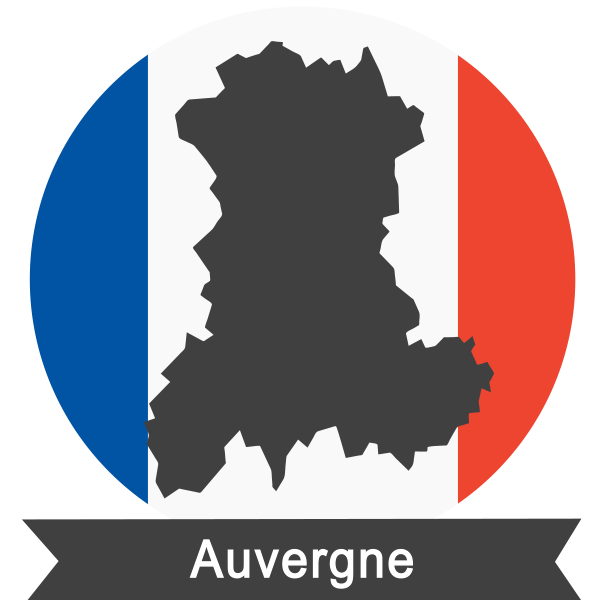
Auvergne
• Those seeking an escape from the modern world will feel at home in the old world charm of Auvergne. Auvergne is a quiet region that remains somewhat remote due to a mountainous volcanic landscape shrouded in a blanket of thick forests. Properties usually adopt the half-timbered architecture aesthetic although farmhouses with stone foundations are also popular. This region is best for buyers that crave outdoor exploration rather than resort-style attractions.
• “The reason why we are in the Auvergne is because we bought Chateau de Maulmont. We came to the Auvergne by chance and were very pleasantly surprised.” –Theo and Mary Bosmam who renovated a castle and transformed it into a hotel and gastronomic restaurant.
• Annual decline in home prices: -2.9%
• Average price of a house: $132,507
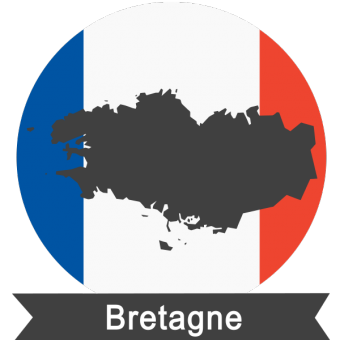 Bretagne
Bretagne
• Known for its beautiful coastline by buyers and travelers alike, Bretagne is a common destination for vacation. However, actual foreign residents only comprise 2 percent of the region’s population with a majority of inhabitants being native to France. Interested home buyers must consider the demographic which primarily consists of families and adults over the age of 35. Homes are typically in the style of longére which is rectangular shaped with granite used as a dominant material, and thatched or slated roofs.
• “We can leave our house and in five minutes we can be having a picnic by a fairy pool or overlooking the Devils grotto. And in summer, there are concerts in the amphitheater in the forest. As much as we loved music concerts in Manchester, nothing compares to the acoustics and surrounding of an amphitheater in an enchanted forest.” –Jenny, a British expat who moved to Bretagne from Manchester.
• Annual decline in home prices: -5.7%
• Average price of a house: $172,989
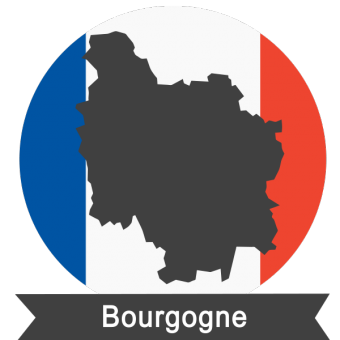 Bourgogne
Bourgogne
• Beloved for its coveted wines, Bourgogne has some of the finest wineries in the world. Attractions in this region are endless. From breathtaking Romanesque cathedrals to multiple UNESCO World Heritage Sites, Bourgogne has widespread appeal. But with widespread appeal comes a hefty price. Due to its popularity with tourist both internationally and within France, properties can be expensive. Thus, Bourgogne is ideal for buyers looking to relocate as opposed to a periodic vacation home.
• Annual decline in home prices: -4%
• Average price of a house: $138,590
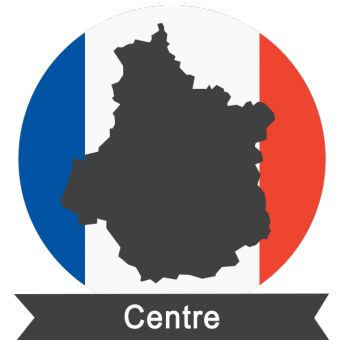 Centre-Val de Loire
Centre-Val de Loire
• Although called “Centre,” this region isn’t technically in the center of France. Rather, it is the center of northern France. Properties can be expensive in Centre with expansive chateaus. The northern area of Centre has a great hub for transportation for those that wish to explore France with easy accessibility. Express trains are available to Paris along with motorways.
• Annual decline in home prices: -2.7%
• Average price of a house: $154,232
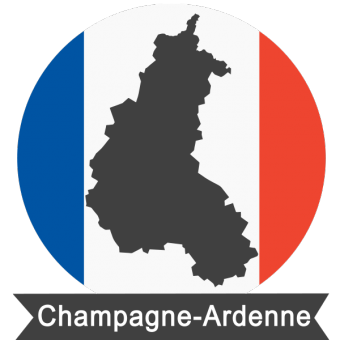 Champagne-Ardenne
Champagne-Ardenne
• Known for its namesake, the Champagne-Ardenne region is lush and fertile with rolling hills. Although it produces the famous sparkling wines, it does not attract a high percentage of tourists. The quiet agricultural nature of the region has a low population density but nevertheless has a beautiful, rural countryside with an UNESCO World Heritage Site. Buyers can expect rustic villages with medieval architecture.
• Annual decline in home prices: -4.1%
• Average price of a house: $139,576
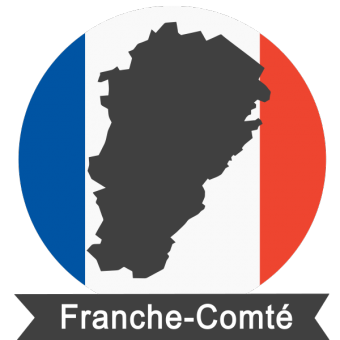 Franche-Comté
Franche-Comté
• Art lovers and outdoor adventurers alike will enjoy the Franche-Comté region. It’s capital, Besancon, has one of the oldest art galleries in France with pieces by highly revered artists. For this reason, it has been dubbed the “petit Louvre.” The landscape remains green almost year-round which makes it an excellent location for hiking and other outdoor activities. Those familiar with French delicacies will recognize the region for its namesake: Comte cheese. Franche-Comté has an especially high decline in home prices currently with -6 percent in 2013.
• Annual decline in home prices: -6%
• Average price of a house: $158,984
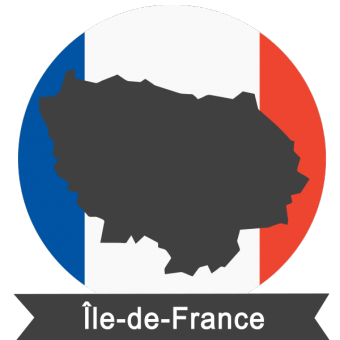 Île-de-France
Île-de-France
• Although there are eight administrative departments, Île-de-France is commonly regarded as Paris. The region is a booming economical hub with highest per-capita GDP in France. The reiver Seine runs through Île-de-France and is highly visited by tourists. Île-de-France attracts novice tourists and millennials for its urban metropolises and famous capital, Paris. But, the region is also one of the most expensive areas in all of France, boasting steep prices that rival if not surpass prices in San Francisco and Tokyo.
• Annual decline in home prices: -1.8%
• Average price of an apartment (Paris): $6,804 sq/m2
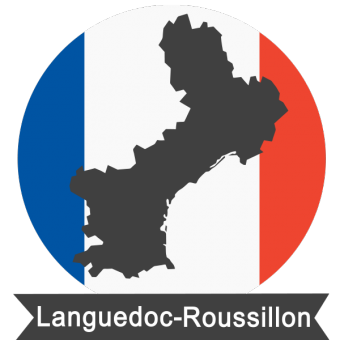 Languedoc-Roussillon
Languedoc-Roussillon
• Buyers not afraid of heavy tourism are ideal for Languedoc-Roussillon. The region has sandy beaches and pristine waters with a heavily developed tourism industry. However, inhabitants can escape other travelers by either visiting or settling in old Languedoc which adopts more of an old world charm. Houses are typically rectangular-shaped and made of stones and clay with sloping roofs.
• Annual decline in home prices: -5.3%
• Average price of a house: $166,400
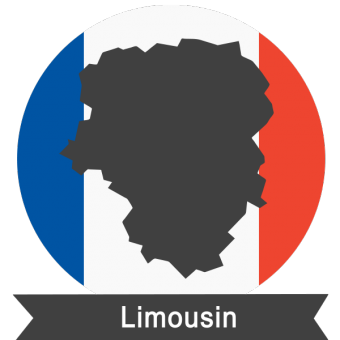 Limousin
Limousin
• Limousin is very sparsely populated with the city of Limoges containing most of the region’s inhabitants. According to About-France.com, no town in Limousin has more than 20,000 inhabitants. Thus, buyers must understand living in the region means a peaceful, albeit isolated lifestyle in a rural setting. Limoges and Brive-la-Gaillarde are the most common cities to live in and most populated.
• Annual decline in home prices: -3.5%
• Average price of a house: $116,580
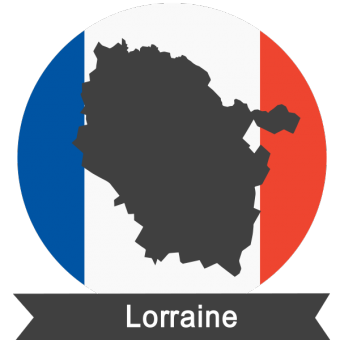 Lorraine
Lorraine
• Like all of France, Lorraine has rich history. The region is a result of a division of lands made by Charlemagne. It shares a border with Luxembourg, Germany, and Belgium which gives it diverse influences. In addition, Lorraine is the birthplace of the famous Joan of Arc, whose village can be visited. Small, rustic villages and rural landscapes fill the region. Buyers shouldn’t expect lavish chateaus in Lorraine. Rather, humble farms are the common form of properties.
• Annual decline in home prices: -3.7%
• Average price of a house: $146,646
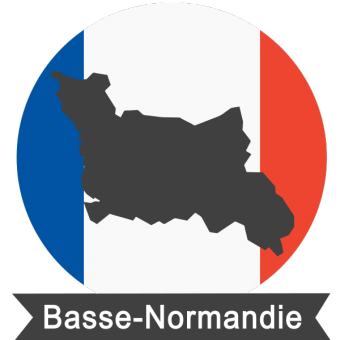 Basse-Normandie
Basse-Normandie
• Also known as Basse-Normandie, Lower Normandy consists of the lower, western portion of Normandy. Many know this region as the location of the D-Day landings in the 1940s. Expats of the United States will experience a level of comfort in Lower Normandy as it attracts many tourists with many speaking English. Inhabitants have the option of traveling by car on the motorways, rail (which is the most common), and ferry.
• Annual decline in home prices: -4.2%
• Average price of a house: $149,294
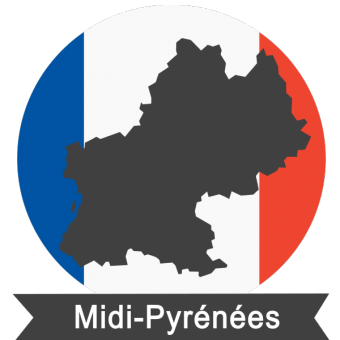 Midi-Pyrénées
Midi-Pyrénées
• Midi-Pyrénées is unique in that is not a historic province. Instead, it was created in the 197-2 to establish a regional metropolis. The region is widespread, boasting the largest surface area of the administrative regions. Most inhabitants gravitate towards Toulouse and its surrounding areas which contain more than 40 percent of the population. Buyers wanting to escape their fast-paced cities will especially enjoy the tranquil, rural nature of Midi-Pyrénées.
• Annual decline in home prices: -1.1%
• Average price of a house: $159,730
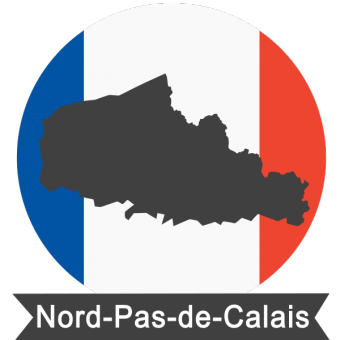 Nord-Pas-de-Calais
Nord-Pas-de-Calais
• Nord-Pas-de-Calais has everything a buyer can want: close proximity to travel destinations such as the South of England, beautiful chalk cliffs on the western coast, and easy accessibility for all forms of travel. However, the region also has one of the highest unemployment rates so buyers within retirement age are highly encouraged. Many of the vital economic industries of the region such as factories and mines were closed as the industrial age waned. The region is working hard to reestablish its economic base though and is still one of the most densely populated areas of the country.
• Annual decline in home prices: -0.1%
• Average price of a house: $160,561
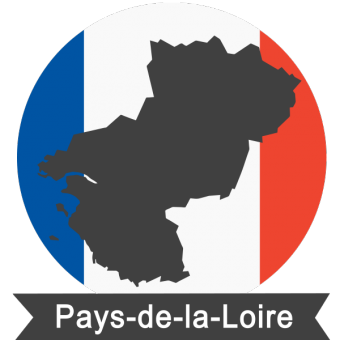 Pays de la Loire
Pays de la Loire
• Pays de la Loire is only a recent creation of the late 20th century. Originally a part of Bretagne, the region calls much of historical Bretagne its own. Nantes—the capital—and Angers are popular cities to settle in. Pays de la Loire has luxurious appeal with seaside resorts peppering its coast. But with luxury comes a hefty price. The region has one of the highest average costs of a home. While $163,829 may seem low, this is only an average of the entire region. Many of the higher prices will be concentrated near the coast, Angers, and Nantes.
• Annual decline in home prices: -0.9%
• Average price of a house: $163,829
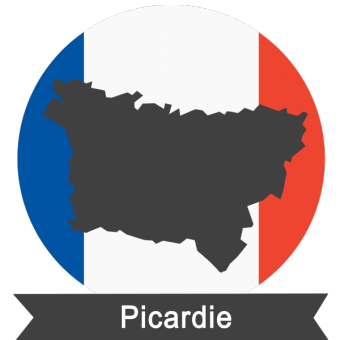 Picardie
Picardie
• Picardie is a great region for both young and old working professionals due to its commuting distance to Paris. Many can commute via car or train to their Parisian jobs yet enjoy the property costs of the region as opposed to the steep costs of Paris. Although Picardie does have more contemporary towns, it is highly focused on agricultural production with sugar beets being the most prevalent crop.
• Annual decline in home prices: +0.1%
• Average price of a house: $159,998
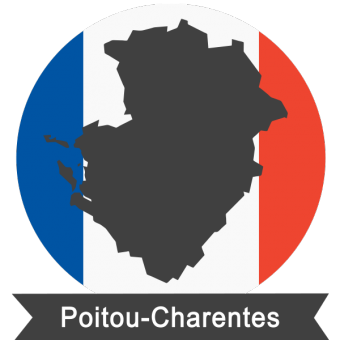 Poitou-Charentes
Poitou-Charentes
• Created in 1956, Poitou-Charentes has ideal weather with one of the sunniest climates in France. The region is not densely populated, however. Buyers can expect a largely rural area with less than 100,000 citizens in the capital. Poitou-Charentes lies on the coast with much of its coastline riddled with oyster beds which are a specialty of the region. With pristine oysters and sandy beaches, many tourists flock to the sun-kissed region for rest and relaxation.
• Annual decline in home prices: -4.3%
• Average price of a house: $149,857
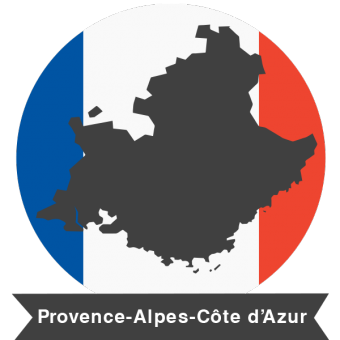 Provence-Alpes-Côte d’Azur
Provence-Alpes-Côte d’Azur
• The common French image of sprawling lavender fields comes from Provence-Alpes-Côte d’Azur. The capital of the region is the ever-popular city of Marseilles. The region has the most expensive property prices in all of France for good reason. It has rich history that actually makes the region older that France itself, is home to famous authors and painters, has delectable cuisines that would delight any foodie, and of course, has excellent wineries.
• Annual decline in home prices: -2.9%
• Average price of a house: $299,321
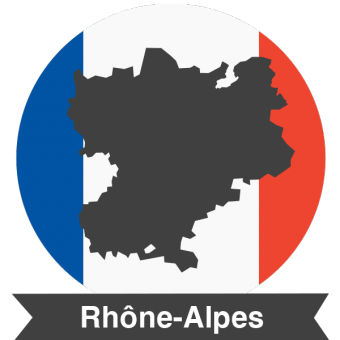 Rhône-Alpes
Rhône-Alpes
• Millennials and professionals in technology fields will find good job prospects in Rhône-Alps. The city of Lyon is considered a major high-tech city in France with many start-ups and major companies such as Hewlett-Packard. Many know the region for its respected ski slopes. Because of this, much of the economy of the region is fueled by tourism. Like Provence, the popularity of the region and tourist appeal makes it a highly expensive place to live.
• Annual decline in home prices: -2.2%
• Average price of a house: $241,250
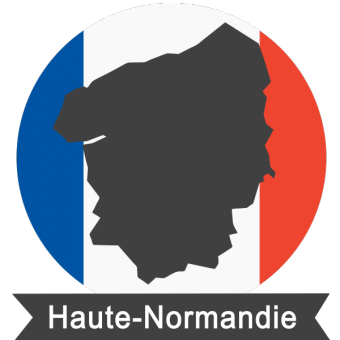 Haute-Normandie
Haute-Normandie
• Like Lower Normandy, Upper Normandy (Haute-Normandie) is popular among tourists and contains inspiring pieces of architecture such as towering cathedrals and rustic half-timbered homes. For the most part, the region has resisted contemporary architecture and maintains medieval aesthetics. The region no doubt has stunning landscapes as Claude Monet painted his famous Water Lilies painting in his Upper Normandy village of Giverny.
• Annual decline in home prices: +1.1%
• Average price of a house: $171,829
To view the original article please see our magazine titled “Advancements for Women” Vol 4, Issue 3 by Clicking Here

 Login
Login

